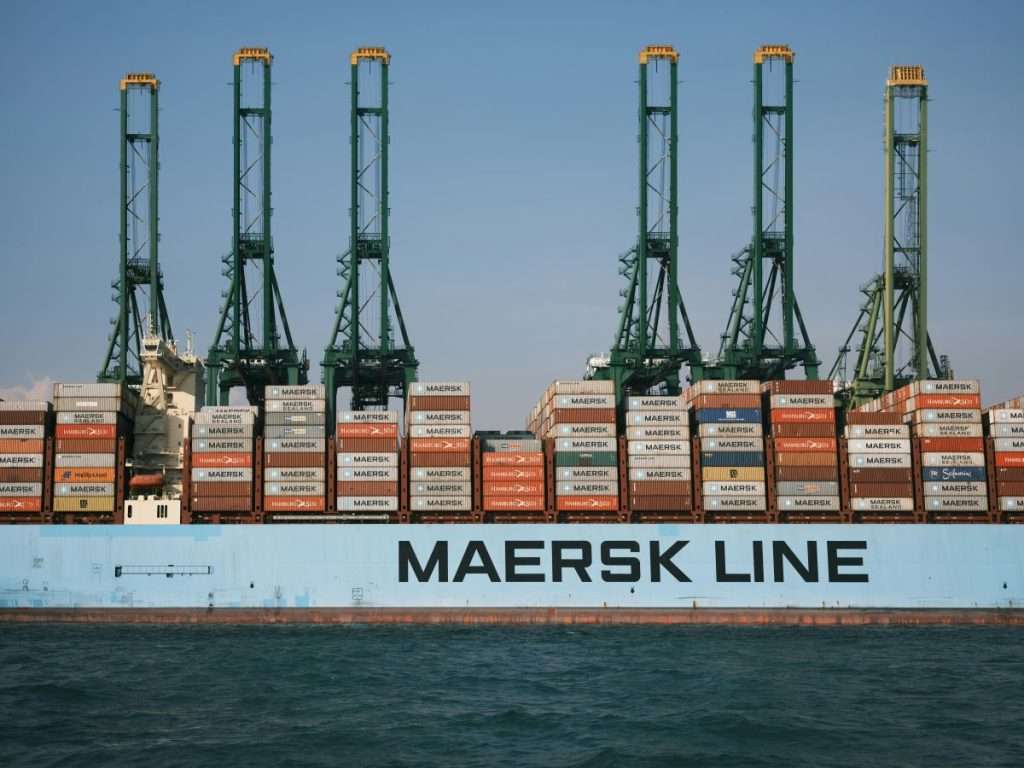Exploring the potential of index-linked contracts and derivatives in managing the unpredictable swings in container freight rates.
Navigating the Waves of Freight Market Fluctuations
The container freight market often resembles a wild rollercoaster, with price spikes and dramatic falls shaping the landscape of global trade. The COVID-19 pandemic exemplified this volatility, with freight rates for a 40-foot container soaring to over $10,000 and daily fluctuations reaching as high as $1,500. Recent disruptions like the Suez Canal blockage and Panama Canal traffic reductions due to water shortages have only added to this instability. This turbulent market environment raises a critical question for logistics leaders: Is there a financial mechanism that could bring predictability and stability to freight rates?
The Challenge of Contract Integrity in Ocean Freight
In the tumultuous past few years, the container shipping industry has witnessed a surge in contract breaches. Both carriers and shippers have struggled with the enforcement of agreements, opting instead to renegotiate under the pressure of market changes. This scenario often results in mutual resentment and sets a contentious tone for future negotiations. With companies like Bed Bath & Beyond citing poor performance and overcharges by carriers as factors in their bankruptcy filings, the industry faces a pressing need for more reliable contracting methods that can withstand market pressures without leading to legal battles.
Potential of Index-Linked Contracts and Forward Freight Agreements
Amid these challenges, the concept of index-linked container freight contracts, paired with derivatives like Forward Freight Agreements (FFAs), presents a promising solution. FFAs allow stakeholders to hedge against future rate volatility by locking in freight prices, thus offering a cushion against unforeseen market shifts. These contracts could potentially align more closely with the dynamic nature of global trade, where traditional fixed-rate contracts fall short. Despite being available for over a decade, uptake has been slow. Industry experts suggest that integrating derivatives could enhance the attractiveness of these contracts, providing a more complete risk management tool.
Overcoming Industry Hesitation: The Role of Financial Expertise
The adoption of complex financial instruments like derivatives in container shipping has been sluggish, attributed to the sector’s traditionalist outlook. However, advocates for change, like Bjorn Vang Jensen of Nanooq Management Consultancies, argue that placing these decisions in the hands of financially savvy executives could overcome operational resistance. By leveraging experiences from other commodities, where index-linking and derivatives are commonplace, the shipping industry could significantly benefit from enhanced contractual stability.
The Path Forward: Embracing New Contractual Frameworks
As the industry grapples with its conservative tendencies, the potential for a shift to more robust, index-linked contractual frameworks grows. Experts like Peter Stallion of Braemar highlight the burgeoning interest among shipowners, particularly those constrained by inflexible time charters. The success stories from bulk shipping, where derivatives have been effectively integrated since 2008, provide a compelling blueprint for container freight. By attaching these innovative contracts to reliable indices, such as the Container Trade Statistics Index or the Freightos Baltic Index, the market can achieve a much-needed transparency and stability.
While the road to widespread adoption of index-linked contracts and derivatives in container shipping may be fraught with challenges, the potential benefits of such a system are clear. By ensuring predictable rates and reducing the risk of contractual breaches, these financial tools could finally provide the stability needed to navigate the ever-changing seas of global trade.





